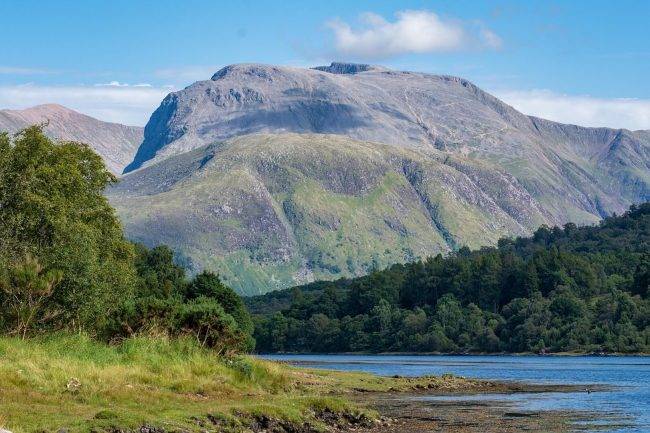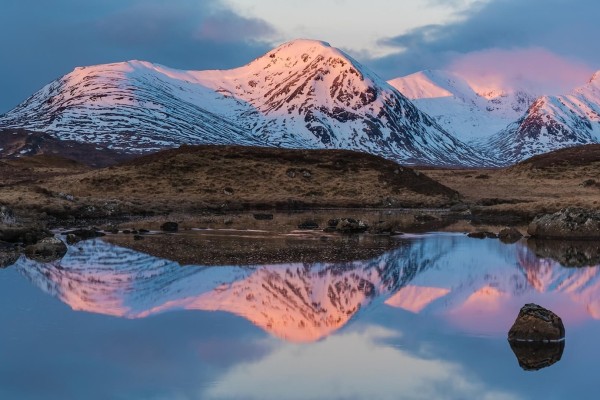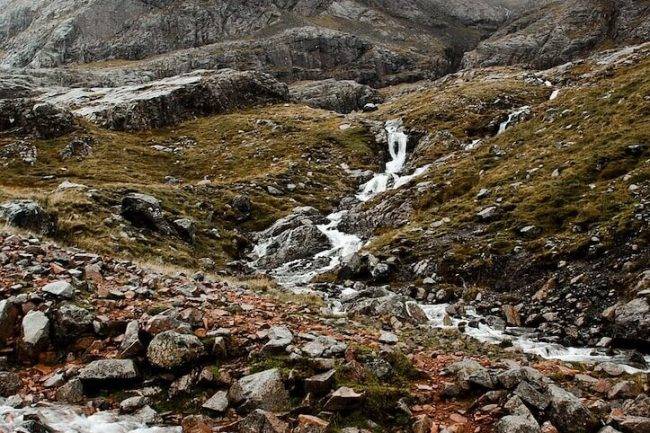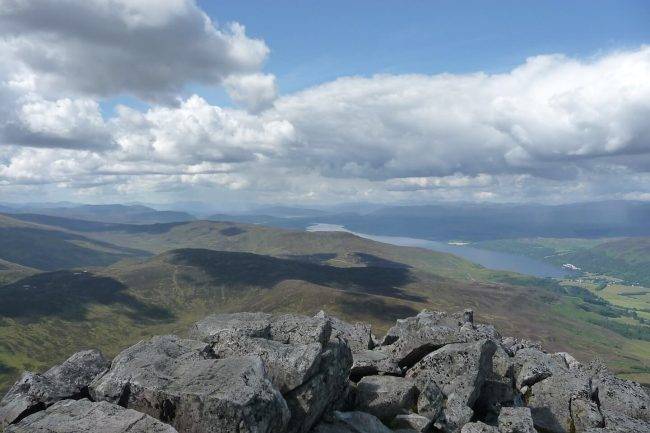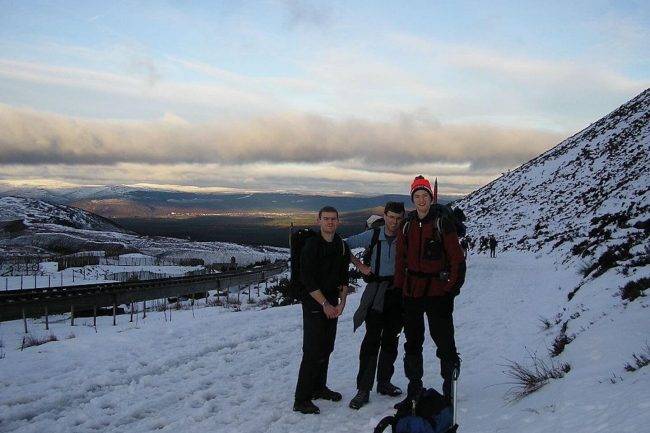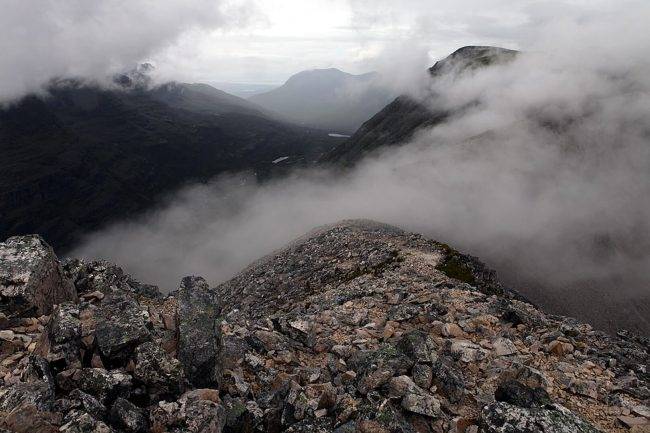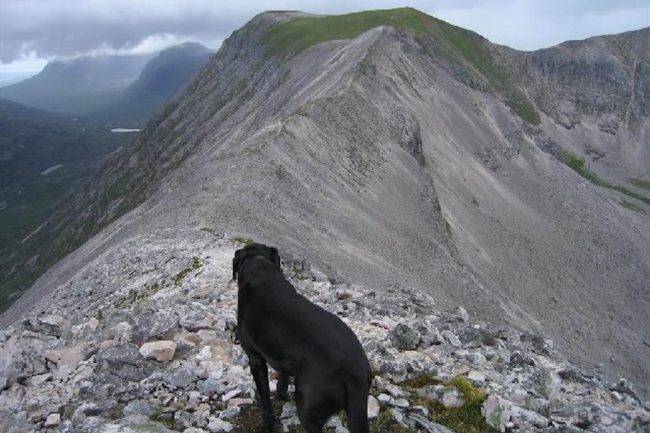Bagging Munros — A Hiker’s Guide to Scotland
A Munro is a Scottish mountain that rises above 3000 feet (914.4 m)
Guide to Scotland’s Munro’s – “Bagging Munro’s” refers to the popular pastime of trying to summit as many as possible of Scotland’s 282 peaks that measure up to the Munro moniker.
Known as “Munroists”, there are over 6,000 people who have managed to summit them all, and the fastest record was set by Stephen Pyke in 2010, whose time was 39 days, 9 hours, and 6 minutes!
Bagging Munro’s is exhilarating and lots of fun, but it can also be very challenging. Read on for our guide for keeping safe while bagging, as well as our top tips for snacks, short-cuts, and protection against Scotland’s mini beasties!
At Zoom Motorhome Hire, we have encountered all kinds of munro adventurers — from those attempting their very first peak to true mountaineers. Our Scotland motorhomes offer a cosy place to recover from after a tough hike, and they give you the freedom to whizz between Munro’s and camp in the most idyllic spots.
If, after reading this guide, you’re excited to start bagging Munro’s on one of our motorhomes or campervans, please get in touch for more advice or to check out our motorhome hires.
1) Choose your Munro routes carefully
There are so many munros to choose from, which often makes it overwhelming at first. If you don’t have a lot of experience climbing Scottish mountains, our recommendation is to start with Ben Lomond, because it is beautiful and it has a clear path all the way to the top.
For some great suggestions for route planning for all levels of experience, check out the Visit Scotland Munro guide. Remember: going to the top of the mountain is not the be all and end all. One popular route is known as Scotland’s “Ring of Fire” which takes in several munros in a day, walking across ridge lines so that you don’t need to drop down each time.
There is a great Munro equivalent of couch to 5k, known as Scotland’s “sofa to summit”, which is an online guide including route planning and general advice. You can also cheat a bit by taking alternative transport to the top, with the mountain gondola up Aonach Mòr, the funicular railway up Cairngorm, or chair lifts at Glencoe.
Our tip: learn how to pronounce your munros before you try saying them to a local!
2) Dress for Munro weather
The weather changes can be so dramatic in the Scottish mountains that you should consult the specialist mountain weather information service for Scotland as well as the Scottish avalanche information service.
Even if it is a hot day and paths seem easy at the bottom, always wear sturdy boots and bring a hat, gloves and a proper waterproof. Bright colours are a good idea for visibility in case you get into trouble, and we recommend both boots and gaiters, or waterproof trousers if it’s a wet day.
3) Follow munro safety guidance
Leave details of your planned route with someone else, especially if walking alone.
Check out Scottish Mountain Rescue’s advice, which includes learning how to navigate without the use of GPS.
You can download Ordnance Survey maps, but it is also worth preparing for technology failure by having a paper map and a compass (which it’s important to learn how to use). A personal locator beacon can also be very useful on your mobile phone.
If you get into trouble, call 999 and ask for the police, and then as for mountain rescue.
4) Prepare for Scottish beasties!
Two tiny highland beasties you should be aware of are midges and ticks. Midges are like small mosquitoes. Although they do not transmit diseases, the bites and clouds of flies are still quite annoying.
Midge season is May-September, and they are most active early in the morning or in the evening, on warm, damp days. To avoid the worst clouds, head to higher ground or choose windy weather (because they stop flying at wind speeds greater than 7 mph). You could also invest in a midge head net and bed net.
Ticks live in long grass and bracken, and can transmit Lyme disease if bites are not treated quickly. Avoid tall undergrowth, wear gaiters or tuck trousers into socks. Spray repellent on your ankles to stop them from crawling higher, and check yourself every evening for tics, which should be immediately removed using sterilised tweezers.
5) Be water-wise in the Scottish mountains
When walking above human habitation levels, the water in mountain streams should be safe to drink. And it tastes incredible!
Check that the area is free from livestock or campers upstream, and that the water is clear and flowing. To be absolutely safe, however, there are various methods for making water clean enough to drink, which prevent you from having to carry a lot with you.
We recommend filtering, water purification tablets (check the dose levels, though), or battery powered UV treatment (for clear water only). Boiling is an option but uses a lot of fuel as you have to boil for five minutes to be safe.
6) Snack, Scottish-style!
Great Munro snacks include haggis crisps, tablet (a delicious, smooth, fudgy sweet), shortbread biscuits, Scotch pies, and oat cakes. Our greatest recommendation for a campfire is tattie scones, a kind of potato and flour combination that is more delicious and wholesome than the sum of its parts.
7) Check out Munro-themed films and music in preparation for your trip
To keep you going up the peaks, why not learn some of the famous Scottish hiking songs? These include the Road to the Isles, The Hiking Song, The Stamping Ground, and the Uist Tramping Song.
Fascinating films made about munro bagging include Winter 282, in which Kevin Woods journeys around all the munros in one winter, and Project 282 made by Emily Scott.
We will leave you with some great lines from the Hiking Song, to drum up excitement for your adventure, but do get in touch with us at Zoom Motorhomes for more information. We’d love to hear from you.
“Oh’ the wanderlust is on me
And tonight I strike the trail
And the morning sun will find me
In the lovely Lomond Vale
Then I’ll hike it through Glen Falloch
Where the mountain breezes blow
And we’ll dmm up in the evening
In the valley of Glencoe”
The Hiking Song

